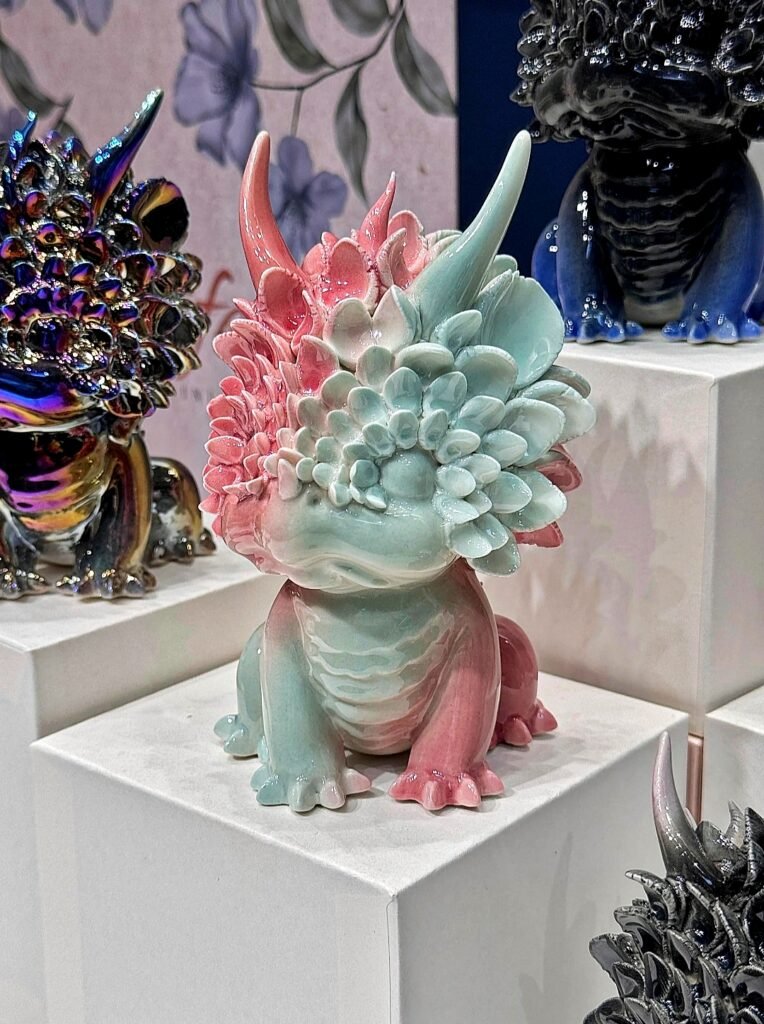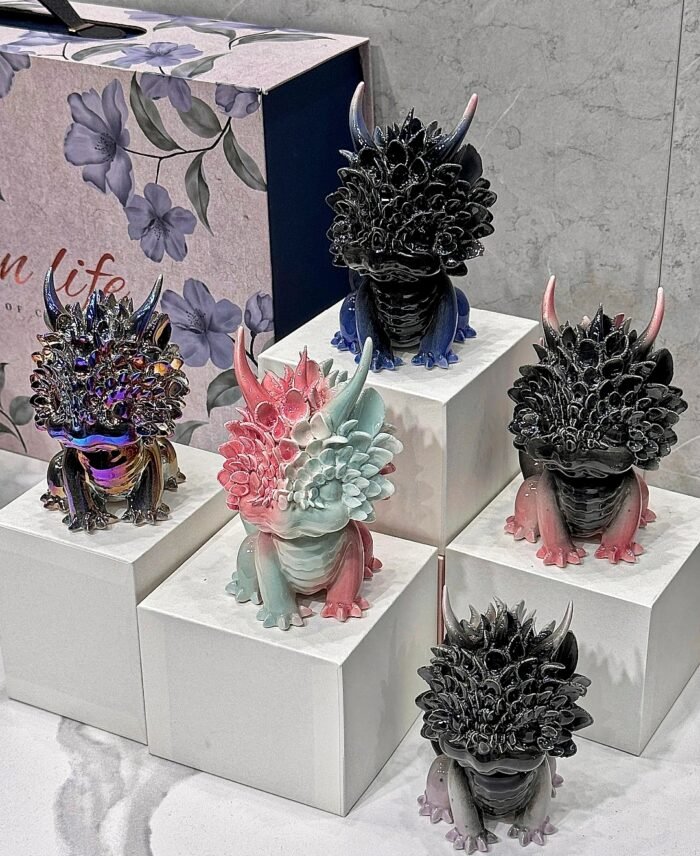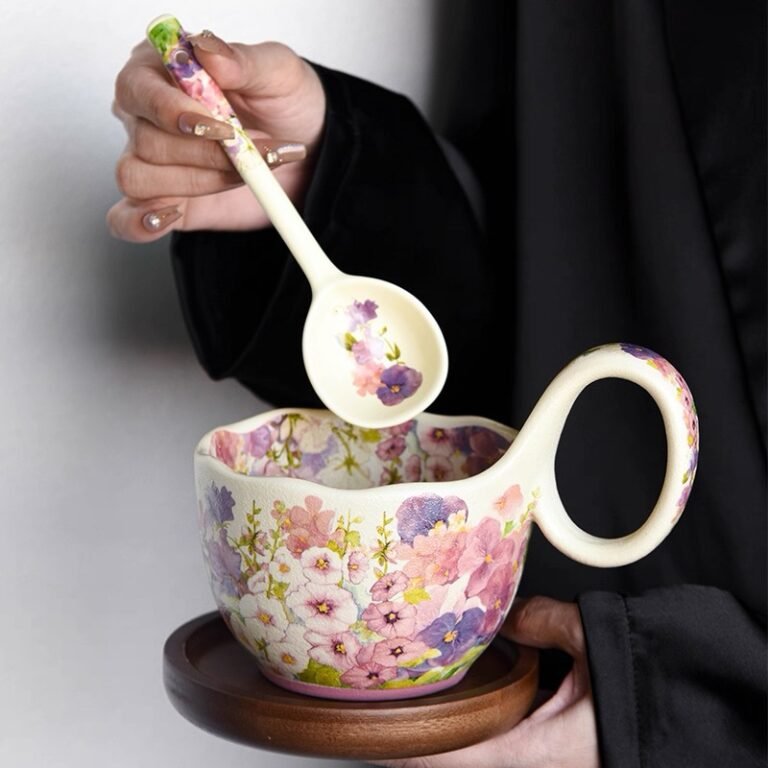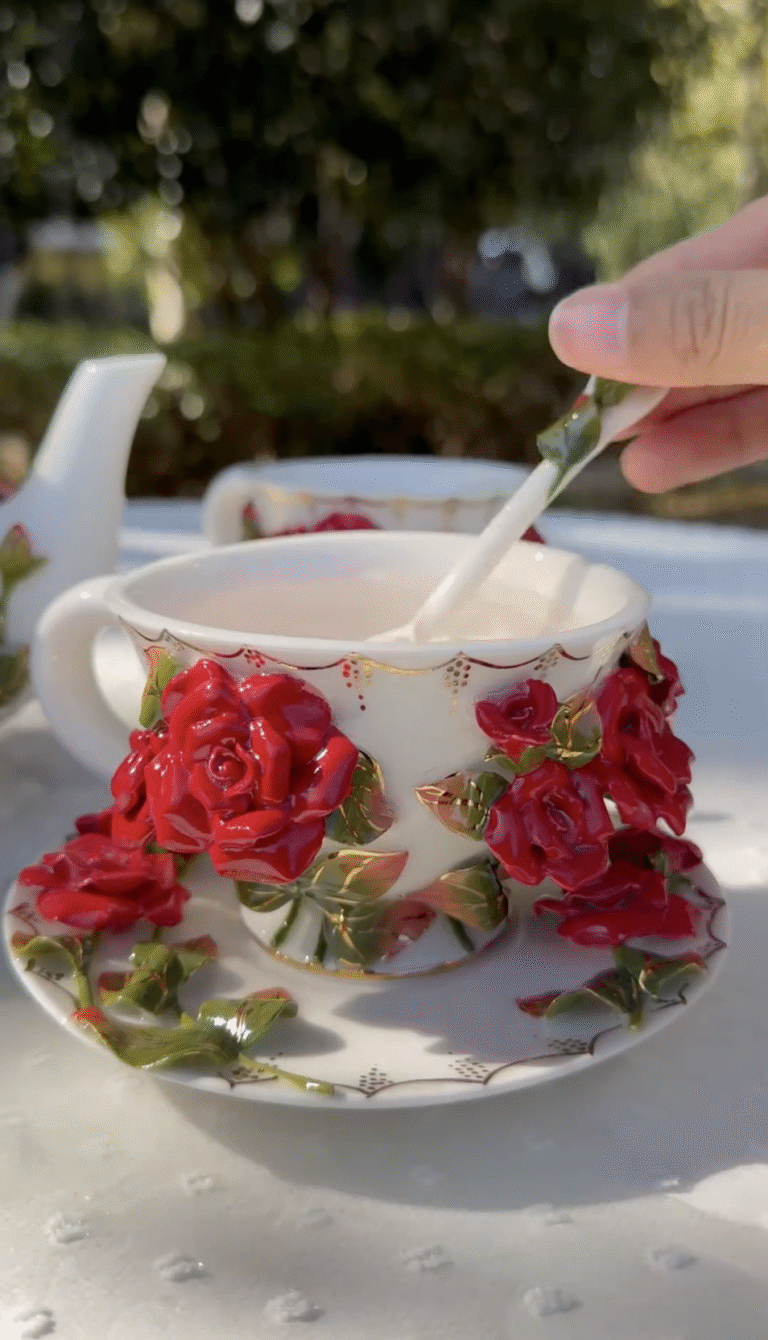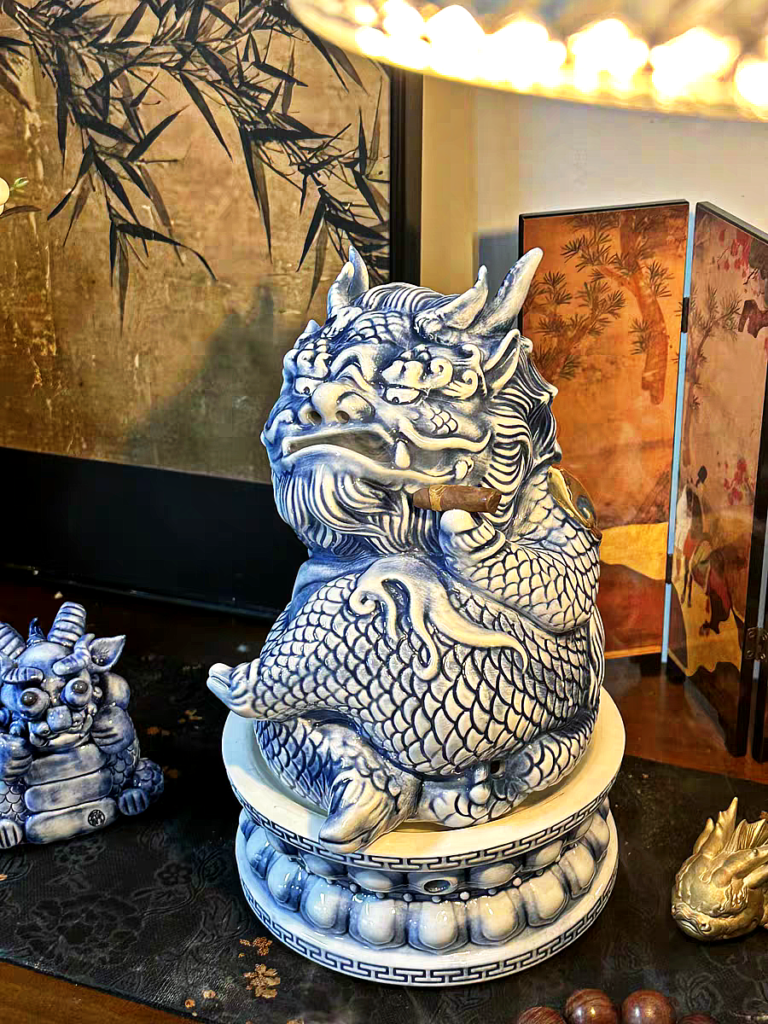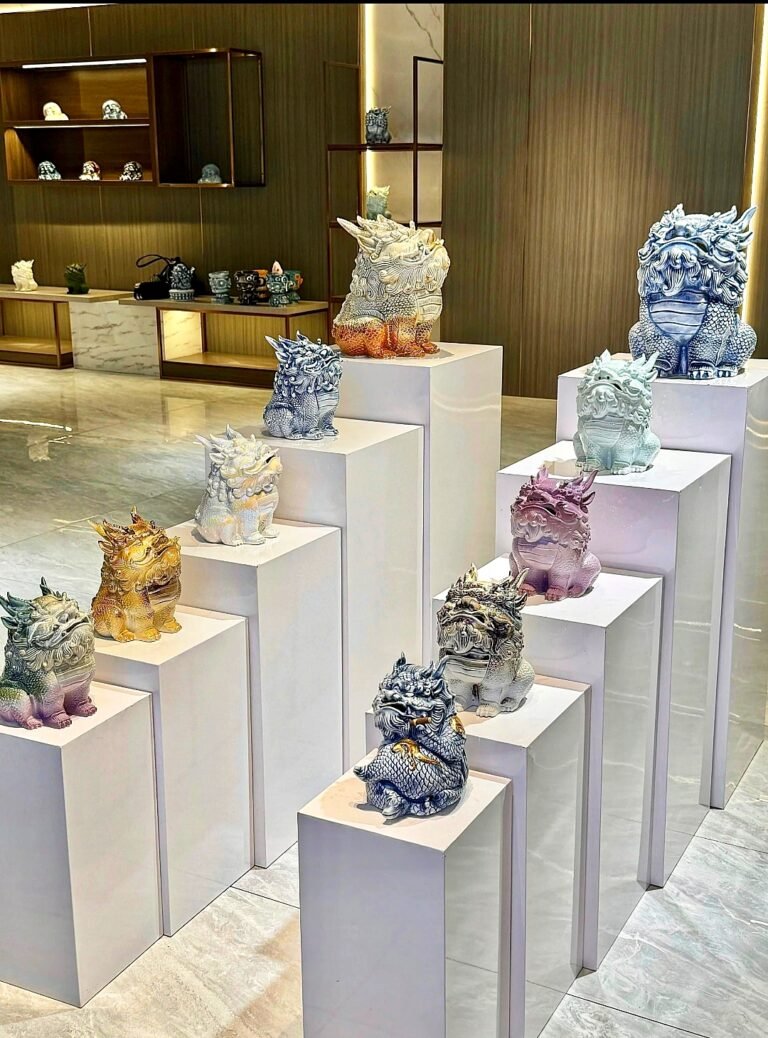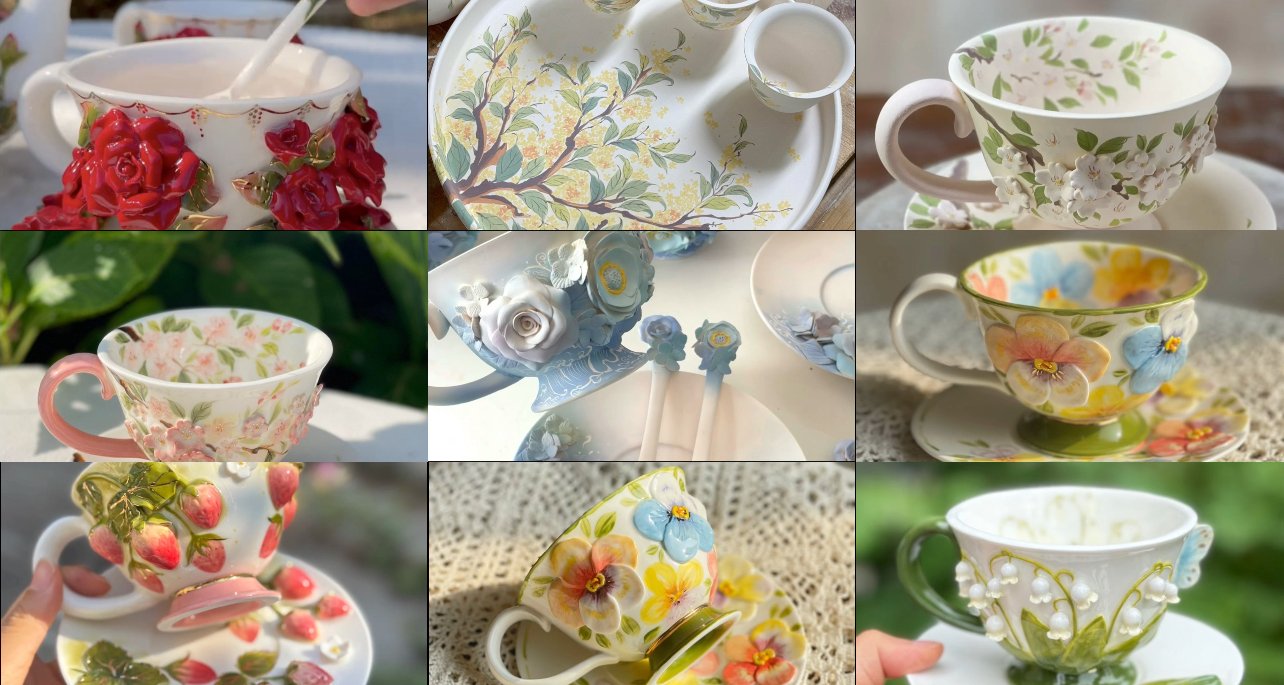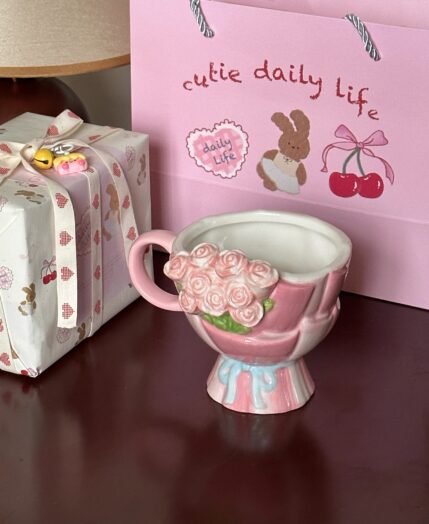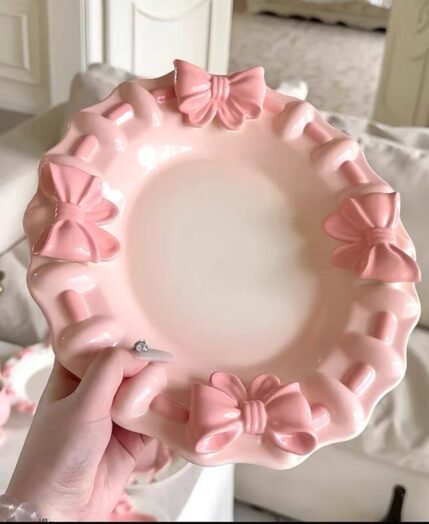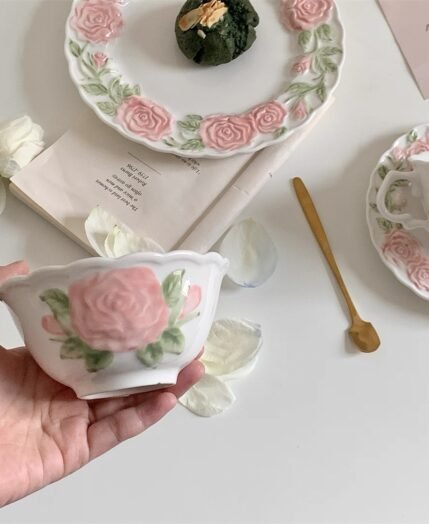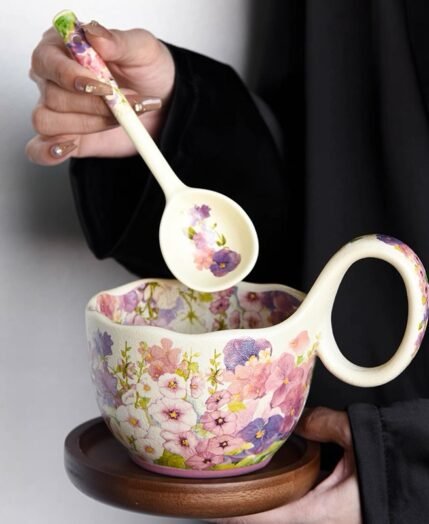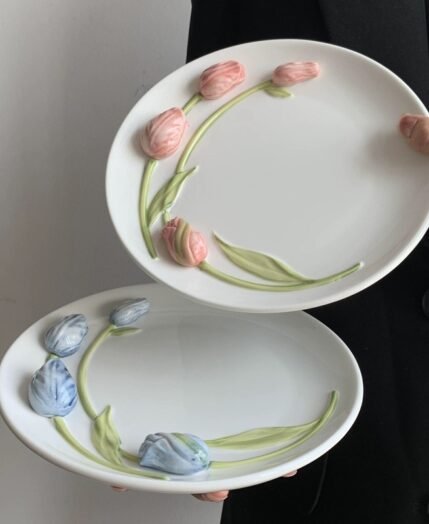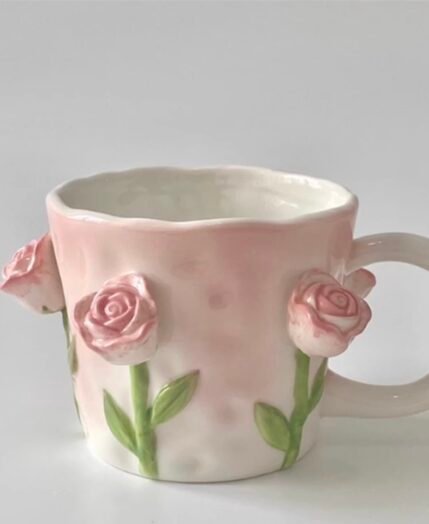
1、Historical Roots: From Mythological Beast to Artistic Icon
The qilin (麒麟), a celestial creature in Chinese mythology, has been revered since the Spring and Autumn Period (770–476 BCE). As one of the “Four Auspicious Beasts” alongside the dragon, phoenix, and tortoise, it embodies benevolence, wisdom, and prosperity. Historical texts like The Book of Rites describe its composite form: “a dragon’s head, deer antlers, horse hooves, and fish scales” .
In ceramic art, qilin motifs flourished during the Ming Dynasty (1368–1644), particularly in blue-and-white porcelain from Jingdezhen. These designs blended Confucian ideals of virtue with folk beliefs, as seen in the “Qilin Spitting Jade Book” motif symbolizing scholarly success . Notably, Ming artisans elevated qilin imagery by integrating dynamic poses and intricate details like flame patterns (representing purification) and lotus flowers (purity) .
2、Craftsmanship: The Alchemy of Clay and Fire
Creating ceramic qilin statues is a meticulous process rooted in tradition:
Material Selection: High-quality kaolin clay ensures durability and smooth texture.
Shaping: Artisans hand-sculpt or use molds to capture the qilin’s majestic posture, with attention to symbolic elements like single horns (海丰独角麒麟舞 influence) and five-element colors (gold, green, etc.) .
Glazing and Firing: Double firing at 1,300°C produces crack-resistant surfaces.
Modern innovations include 3D-printed prototypes for complex designs, yet the essence of craftsmanship remains unchanged.
Qilin statues serve multifaceted roles:
Feng Shui Enhancer: Placed facing entrances or windows, they repel negative energy (煞气) and attract wealth .
Family Blessing: The “Qilin Bringing a Son” (麒麟送子) tradition, linked to Confucius’ birth legend, symbolizes fertility and academic excellence .
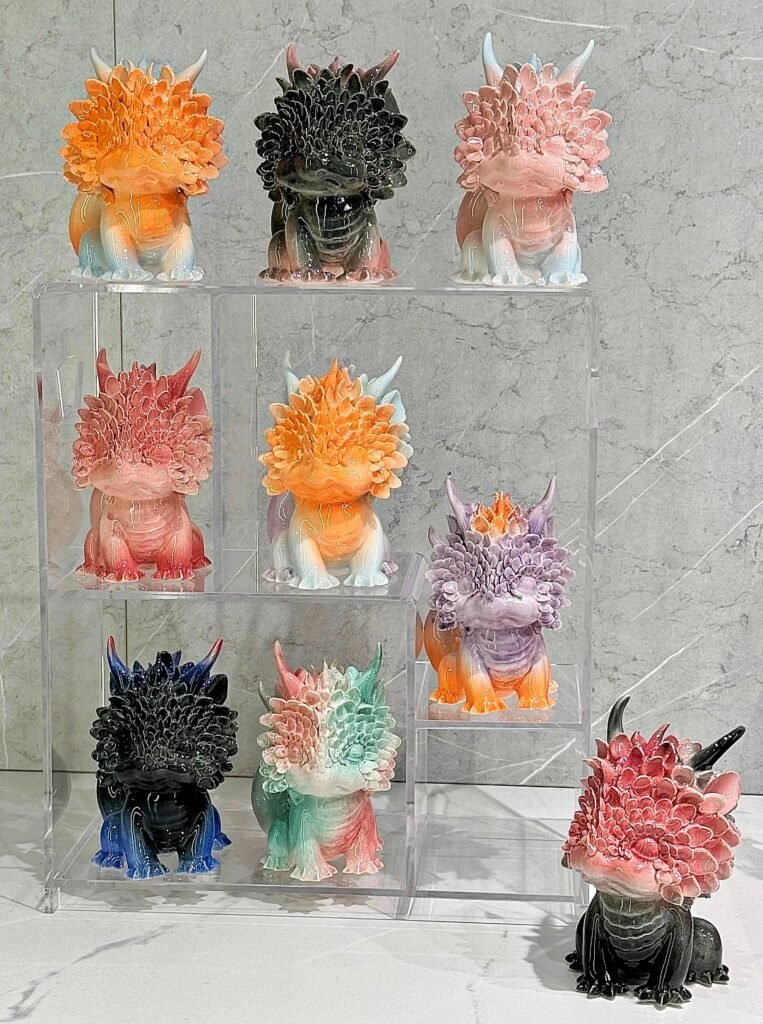
3.Modern Applications: Bridging Tradition and Contemporary Life
Home Décor: In living rooms or studies, qilin statues blend with minimalist or eclectic styles. Pairing gold-glazed qilin with metallic accents creates a luxe focal point.
Corporate Spaces: Businesses display green qilin (木麒麟) in offices to boost career luck and teamwork .
Collectibles: Antique Ming/Qing qilin ceramics, like the Yuan Dynasty Underglaze Red Qilin Stool (Fig.4), fetch millions at auctions .
4.Preservation and Legacy
Organizations like the Pingtan Qilin Culture Research Center are digitizing ancient qilin artifacts, while contemporary artists like Fan Anqi (范安琪) reinterpret the motif through avant-garde forms. Notably, her “Celestial Qilin” series won international acclaim for fusing traditional glazes with abstract shapes .
